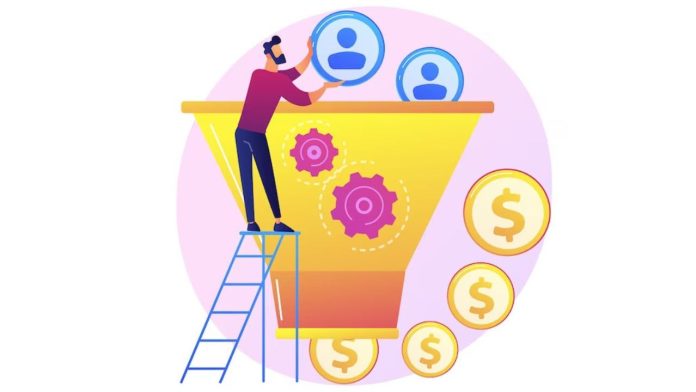Because B2B customers don’t usually walk through your doors clutching a chequebook like a mediaeval duel glove, it’s critical to have a well-organized lead programme that not only generates leads but also informs you about their needs, nurtures them throughout the journey and places them in the right hands for a proposal and close.
Many variables might cause inefficiencies in your leadership programme, which will, sadly, affect your total sales. The buyer journey is similar to a chain, with the weakest link generally costing the most.
The first step in equipping your closers with the groomed and eager prospects that give the cleanest sales is to understand what defines a poor-quality lead and the processes that generate them. This article will explain why a B2B company’s leads are often lost, as well as some techniques for increasing your pipeline.
We believe that this format will provide you with the needed respite to help you create a more successful team and marketing plan.
There Is Insufficient Information About The Lead
Many salesmen don’t realise that our metrics for new clients might go far deeper than they think. While a name and contact information is all that is required, a more comprehensive collection of lead information cuts your pitch’s overall sales time and effectiveness in various ways.
For starters, it enables you to propose proactive solutions without interfering with the client’s conversation. For example, if you know the lead comes from a major company, you might inquire about your product’s CRM connectivity. You can respond to a condition that virtually all major clients have without them having to define the requirement for enterprise-level outcomes.
Bringing a baseline of pertinent material to meetings also demonstrates a level of concern and comprehension. While you should still ask questions about their specific position, you may save time in meetings by skipping the background information about their profession, sector of work, and salary level.
There are easy ways to introduce more effective information gathering into your pipeline outside of SDR and B2B prospecting. Questionnaires may be included in your funnels and landing pages, and your newsletter registration form may have a dropdown menu for visitors to select what they want to hear about.
In other words, more efficient information systems result in more productive meetings.
Poorly Nurtured
You don’t want to leave a lead hanging for too long, just like you wouldn’t leave a date waiting. There will be no sense of urgency, simply dissatisfaction.
Without making a direct pitch, a nurturing process allows the lead to recognise the value of your offer. Email reminders, sharing resources, and value offers may all help people feel more connected to your product. Vouchers, discounted pricing, and case studies are all examples of ways to nurture your prospects before they meet with your salespeople.
A badly nourished lead may exhibit aloofness if they have not completely grasped the extent of your offering, or irritation if they have been delayed for too long. When your leads are nurtured, they will be “warm” when they call you in for a meeting.
They Have Been Rushed To Sale
Even if a lead has provided their contact information to your pipeline, this is rarely an invitation to pitch full force. In the internet era, many people are looking for alternatives or are in the process of articulating their grief before seeking external help.
Moving a lead through the intake, nurturing, and sales processes gradually ensures that they are not just comfortable with the transaction, but that all sides have considered the impact and potential consequence of your collaboration. You may be losing out on important understandings that will lead to mission success or perhaps doom it from the start if you don’t take this crucial issue into account.










